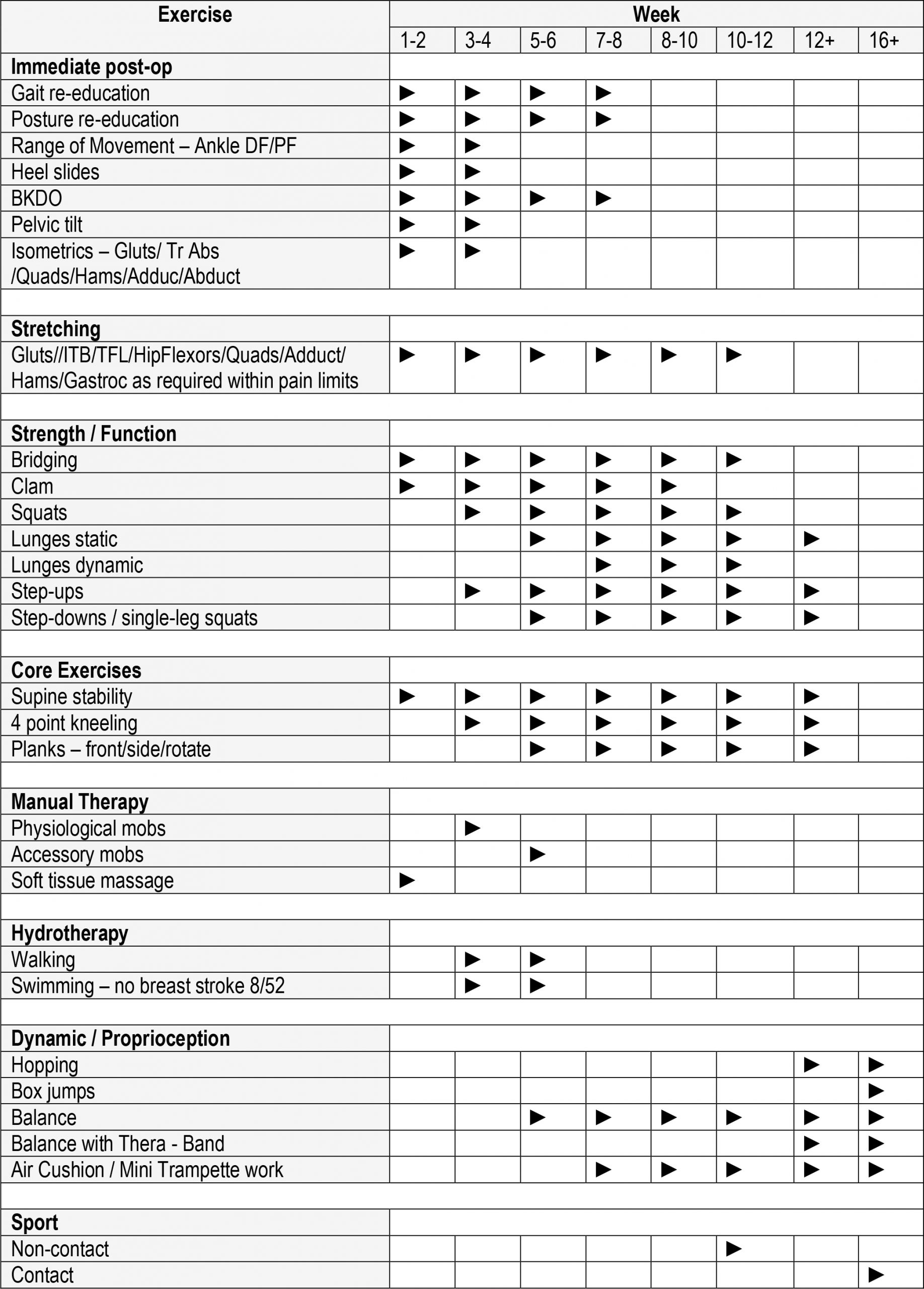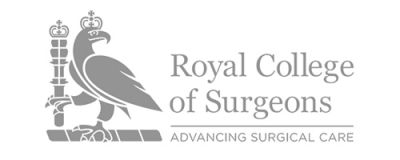HIP ARTHROSCOPY
The arthroscope is a fibre-optic telescope that can be inserted into a joint (commonly the hip, shoulder, knee and ankle) to evaluate and treat a number of conditions. A camera is attached to the arthroscope and the picture is displayed on a TV monitor.
The arthroscope is an excellent means of examining the whole of the hip and many conditions can be treated at the same time. Hip arthroscopy is a developing technique and is only practised by highly specialised orthopaedic surgeons.
INDICATIONS FOR HIP ARTHROSCOPY
There are several indications for undertaking arthroscopy of the hip:
• General diagnostic purposes; for example in early osteoarthritis
• Torn acetabular labrum: the labrum is trimmed to a stable rim or occasionally repaired
• Damaged articular (surface) cartilage; the damaged area is trimmed so that it has a stable margin. Deep defects may need microfracture where a small, sharp pick is used to perforate the underlying bone and encourage healing
• Removal of loose bodies (cartilage or bone that has broken off)
• Resection of inflamed lining tissue (synovectomy)
• Treatment of hip impingement. Resculpting of the femoral neck can be performed arthroscopically. This can be combined with labral repair
THE PROCEDURE
OUTCOME
The early results of arthroscopic resculpting to treat femoroacetabular impingement are very encouraging. Eighty five percent of patients report marked improvement in symptoms at 1 year. The long term results are not yet known, however, occasionally there is more damage in the hip than was initially thought; this can affect the recovery time.
If the cartilage in the hip is significantly worn out then arthroscopic surgery has only about a 75% chance of improving symptoms in the short to medium term: more definitive surgery (e.g. hip replacement) may be required in the future.
In general arthroscopic surgery does not improve hips that have well established osteoarthritis but may give symptom relief for a period of time. This is useful in young patients who are not keen on joint replacement.
Discussion with Mr Paliobeis is important to answer any questions that you may have. For information about any additional conditions not featured within the site, please contact us for more information.








